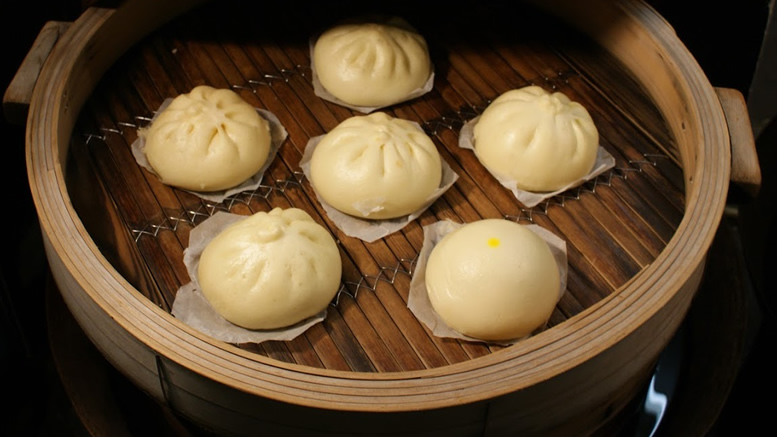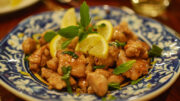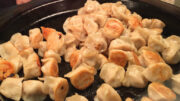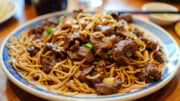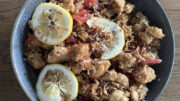Dispelling the myth that Chinese cuisine revolves solely around lemon chicken and sweet and sour pork, it’s essential to understand the diverse culinary landscape that spans across the vast expanse of China. Your local Chinese restaurant may offer a glimpse into this rich tapestry, but it’s merely scratching the surface of the gastronomic diversity found in different regions of China.
Geographically, China’s culinary heritage is segmented into four main regions: the north, encompassing Beijing and bordering Mongolia; the south, renowned for the Cantonese delicacies of Guangdong Province; the west, home to Sichuan and Hunan Provinces; and the eastern region, which includes Shanghai.
In the northern reaches of China, where the climate can be harsh, pork takes a back seat due to the significant Muslim population. Instead, mutton and lamb take center stage. With rice cultivation challenging in this terrain, staples like wheat, barley, millet, and soybeans form the basis of many dishes, resulting in a prevalence of bread, pancakes, and noodles. Vegetables and fruits commonly used include leeks, onions, garlic, cabbage, squash, pears, grapes, and apples.
Cantonese cuisine from the southern region stands out for its worldwide recognition, owing to the migration of Cantonese communities to places like America. Characterized by a delicate balance of flavorful sauces, Cantonese chefs excel in techniques such as stir-frying, steaming, and roasting a wide array of meats, poultry, and seafood.
Sichuan Province, nestled in the mountainous interior, boasts a culinary tradition influenced by trade along the ancient Silk Road, possibly from Indian and Spanish traders. Sichuan cuisine is renowned for its bold use of spices and chilies, paired with pungent vegetables like garlic and onions.
The eastern region, comprising Zhejiang, Fujian, and Jiangsu cuisines, benefits from its coastal location, with fish and seafood featuring prominently. Here, the culinary landscape benefits from both rice and wheat cultivation. Notable dishes include the renowned West Lake delicacies and the method of cooking in dark soy sauce known as red cooking.
Across China, dining etiquette remains consistent, with meals typically enjoyed using chopsticks and soup savored with a wide spoon. A typical meal comprises a starch component, such as rice, noodles, bread, or pancakes, accompanied by a meat dish, vegetables, and soup. In formal settings like banquets, multiple courses are served sequentially, showcasing the depth and variety of Chinese cuisine.

